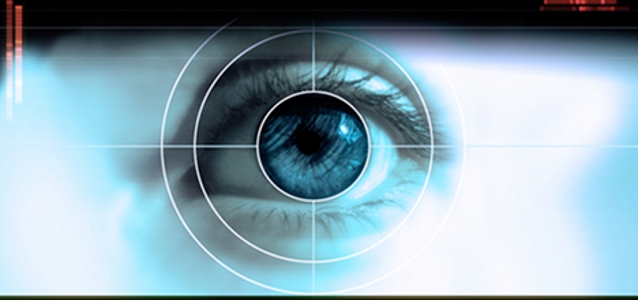
© lavitreiu-dreamstime.com
Analysis |
Automotive Head-Up Display market goes into high gear
Formerly used only in cockpits of multimillion-dollar jet fighters, head-up displays (HUD) now are finding their way into family cars, with navigation and driver-assist functions helping drive the automotive HUD market.
Worldwide sales of cars equipped with HUDs are set to rise to 9.1 million units in 2020, up from 1.2 million in 2012, according to a new report from IHS Automotive. Sales this year are forecast to climb 7 percent to 1.3 million units.
“Projecting an image that floats about 2.5 meters, or 7.5 feet, in front of motorists’ eyes, HUDs are the optimal display technology for cars—with studies having shown that this distance delivers the fastest response time for viewers,” said Ben Scott, technology solutions analyst for IHS Automotive. “Apart from showing speed and warning signals, HUDs are perfectly suited for displaying navigation information or advanced driver assistance system (ADAS) data, allowing drivers to access critical material while keeping their eyes on the road.”
Only 2 percent of automobiles sold in 2012 had HUDs. However, by 2020, that rate will rise to 9 percent. Japan had the highest fitment rate of car HUD systems in 2010, but Europe is expected by 2020 to take the lead.
HUDs make themselves useful
By combining the HUD unit with a vehicle's GPS system, the driver can display map, turning and even speed-limit and traffic-sign information on a car’s windshield. For ADAS, blind-spot detection warnings can be presented on the HUD, for example.
HUDs are especially useful for providing warning information such as oil level or tire pressure, or for alerting the driver that the car is too close to a vehicle in front, made possible by integrating HUDs with adaptive cruise control. Other uses are possible as well, such as showing text messages from mobile phones or displaying track information from MP3 players.
In the future, HUDs may become large enough to fill the whole windscreen and present an "augmented reality" view to the driver. ADAS features such as pedestrian warning, blind-spot detection or night vision could be overlaid to fill the whole windshield.
HUD history
HUD systems are not a new concept, as General Motors (GM) first introduced them in 1988. However, because of various problems with the technology, the light source used, and the optics, HUDs did not sell as well as anticipated. Today, however, there is a growing interest from vehicle manufacturers following considerable advances in the technology.
A typical HUD system consists of a very-high-resolution thin-film transistor (TFT)-LCD display, with light and color provided by high-intensity light-emitting diodes (LED). These LEDs are located underneath the screen and project the image upward onto a series of mirrors, which give the impression that the image is floating in front of the driver. A series of high-power processors take information from the vehicle's architecture and convert it into a graphical format to display on the screen.
HUD honchos
Current suppliers of HUDs include Nippon Seiki, Denso, Delphi and Continental. Original equipment manufacturers (OEM) that offer HUDs are GM, BMW, Mercedes and Audi.
In 2009, Peugeot introduced a "combiner" HUD in its 5008 model, which is not projected onto the windshield but is a translucent panel that extends from the top of the instrument panel. Supplied by Johnson Controls, it is also offered in the 3008 and will be available in other PSA models This type of HUD will be used by another OEM within the next two years, it is predicted. Combiner displays can be used with TFT-LCDs or with a laser.



